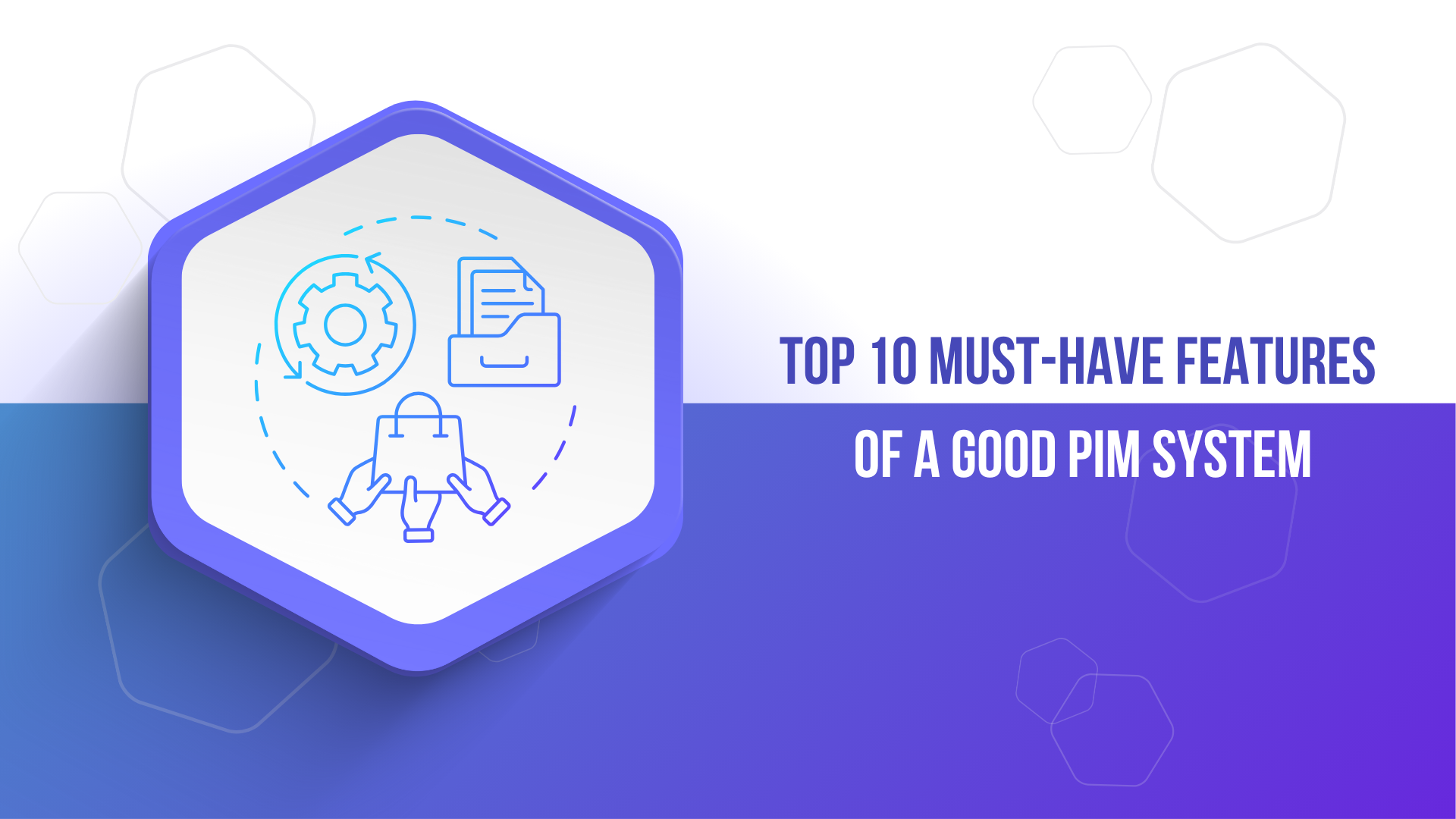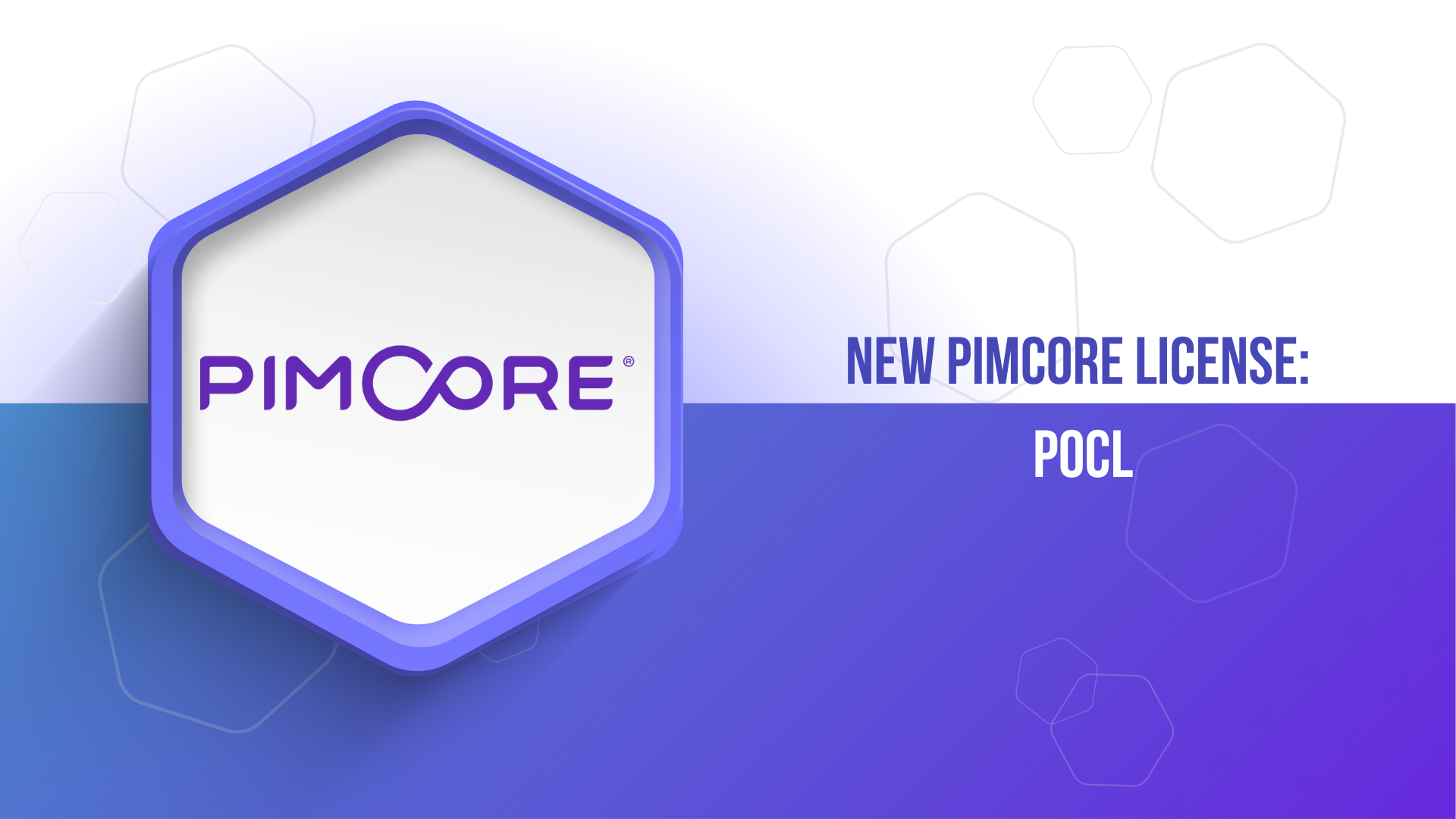A brief introduction to PIM and how it works
PIM is a product data management system that allows companies to efficiently collect, store, update and distribute information about their products.

Key PIM features
- Product data management: PIM allows you to collect all product information in one central repository. Technically, it is a database that stores product data such as descriptions, photos, prices or technical information.
- Update and standardize information: PIM allows you to easily update and standardize product data. This ensures that all product information is always consistent and up-to-date.
- Product data distribution: PIM allows for efficient distribution of product data to various platforms, including websites, online stores, catalogs, and CRM and ERP systems.
Benefits of PIM
From a technical point of view, the benefits of PIM include:
- Unify and standardize data: With PIM, product data is standardized, which simplifies work for technical teams and prevents errors in the data.
- Integration with other systems: PIM can be integrated with other IT systems of the company, which enables a smooth flow of information and minimizes the need for manual data entry.
- Automated processes: With PIM, you can automate many processes related to product data management, saving time and resources.
How does PIM work?
Product Information Management (PIM) is an advanced system that works on the principle of effective management, processing and distribution of product data. However, in order to understand how PIM works, it is worth looking at its mechanisms in more detail.
Data sources: PIM collects product data from various sources, such as suppliers, manufacturers, external databases, and internal teams. These sources can provide various types of information, including descriptions, photos, prices, technical specifications, and more.
Integration and normalization: The next step is to integrate and normalize this data. This means that different data formats and structures are reduced to a uniform standard. For example, different suppliers may use different product codes or units of measurement, which is standardized by the PIM system.
Central repository: Collected and standardized product data is stored in a central repository, which is the heart of the PIM system. This is where product information is available to authorized users in the company.
Categorization and hierarchy: PIM allows you to create categories and product hierarchies, making it easier to organize and find your data. For example, food products can be divided into categories such as dairy, bread, fruit, etc.
APIs: PIM often offers application programming interfaces (APIs) that allow data to be automatically updated between the PIM system and other systems in the company, such as online stores, CRM systems, or ERP systems. This enables real-time synchronization of information.
Access permissions: To ensure the security of product data, the PIM system has built-in access control mechanisms. This allows you to grant access permissions only to the information that is necessary for the user or team.
Process automation: PIM also enables the automation of many processes related to product data management, including update scheduling, report generation and data quality control.
As a result, PIM is an extensive system that integrates product data, ensures its consistency and availability, and facilitates its distribution to various platforms. This tool not only increases the efficiency of product data management, but also contributes to automating processes, eliminating errors and improving the quality of information available to customers and business partner.
Summary
Product Information Management (PIM) is not only a business tool, but also an advanced IT system. The introduction of PIM into the product data management strategy can bring many benefits, both for companies and technical teams responsible for IT infrastructure. For companies striving for excellence in product data management, PIM is a key element that accelerates processes, eliminates errors and helps to succeed in a competitive market.
If you are interested in learning more about PIM or would like to implement this solution in your company, please contact Omega Code.





